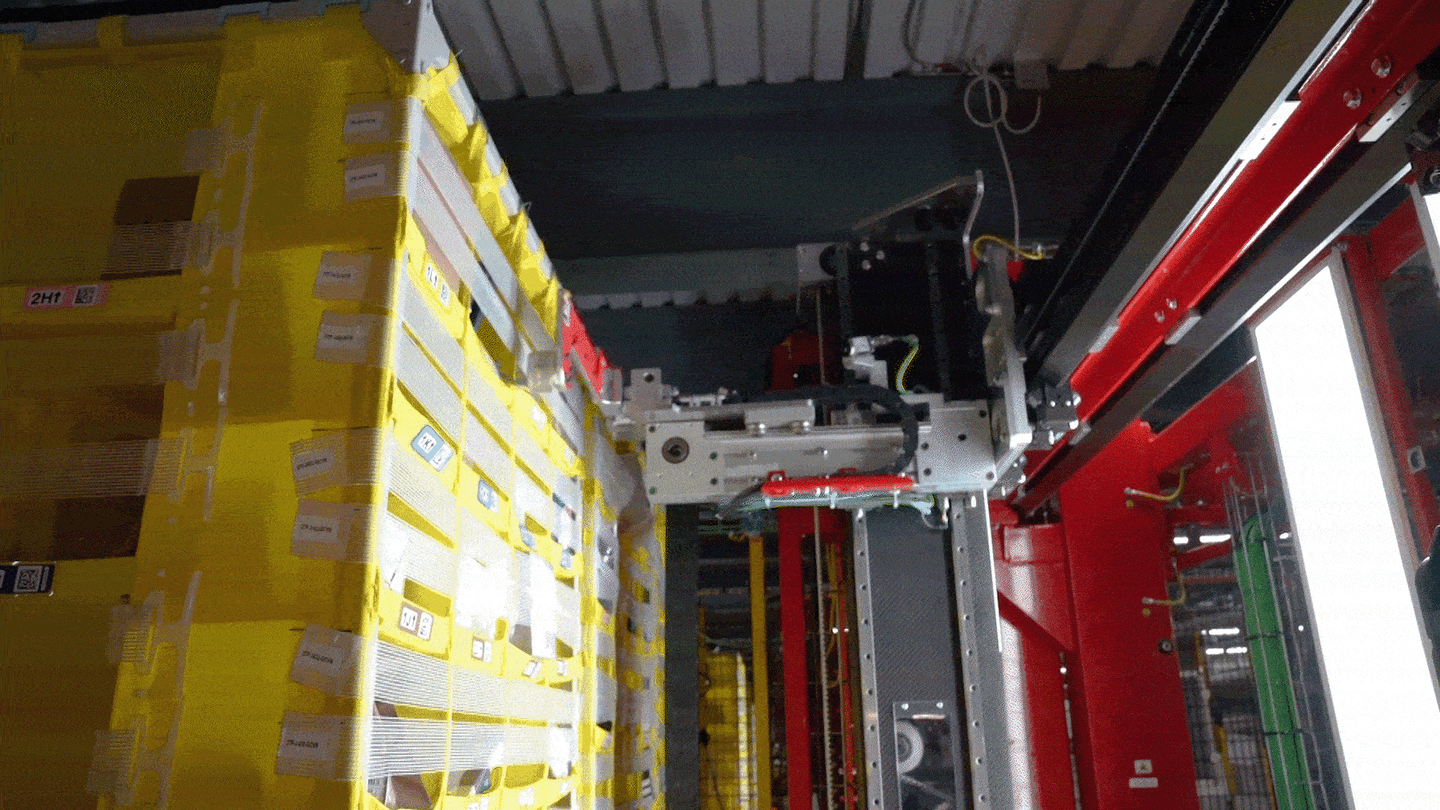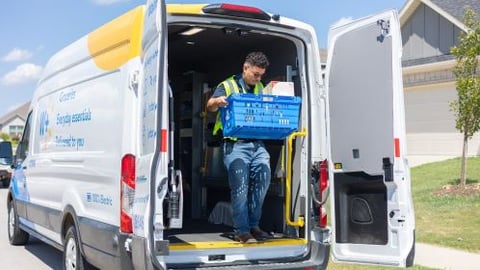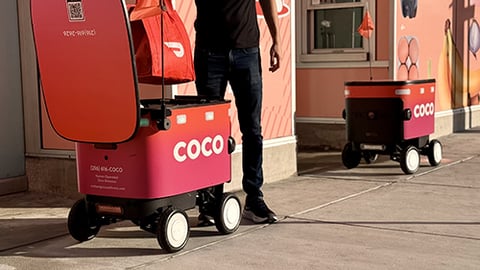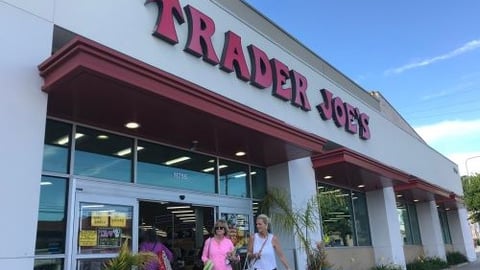Amazon Introduces 1st Robot With Sense of Touch
During Amazon’s Delivering the Future event in Dortmund, Germany, this week, the company introduced Vulcan, its first robot with a sense of touch — the ability to understand when and how it makes contact with an object, using key advances in engineering and physical AI.
The retailer claims that the robot is already changing the way operations at Amazon fulfillment centers, helping to make employees’ jobs safer and easier while moving customers’ orders more efficiently.
In its fulfillment centers, Amazon stores inventory in fabric-covered pods that are divided into compartments about 1 foot square, each of which holds up to 10 items on average. Fitting an item into or plucking one out of this crowded space has historically been challenging for robots that lack the natural dexterity of humans.
[RELATED: Amazon Makes Sorting Packages Easier for Delivery Station Employees]
As explained by Alex Davies, senior editor at AboutAmazon.com, Vulcan can easily manipulate objects within those compartments to make room for whatever it’s stowing, because it knows when it makes contact and how much force it’s applying and can stop short of doing any damage.
Vulcan does this using an “end-of-arm tooling” that resembles a ruler stuck onto a hair straightener, plus force feedback sensors that tell it how hard it’s pushing or how firmly it’s holding something, so it can stay below the point at which it risks doing damage.
The ruler bit pushes around the items already in those compartments to make room for whatever it wants to add. The arms of the hair straightener (the “paddles”) hold the item to be added, adjusting their grip strength based on the item’s size and shape, and then use built-in conveyor belts to "zhoop" the item into the bin.
The robot uses physical AI, including algorithms for identifying which items Vulcan can or can’t handle, finding space within bins and identifying tubes of toothpaste, boxes of paper clips, and more.
For picking items from those bins, Vulcan uses an arm that carries a camera and a suction cup. The camera looks at the compartment and picks out the item to be grabbed, along with the best spot to hold it by. While the suction cup grabs it, the camera watches to make sure it took the right thing and only the right thing, avoiding what Amazon engineers call the risk of “co-extracting non-target items.”
Vulcan even learns from its own failures, figuring out how different objects behave when touched and steadily building up an understanding of the physical world.
With the ability to pick and stow approximately 75% of all types of items at its fulfillment centers, and at speeds comparable to that of front-line employees, Amazon noted that Vulcan represents a step change in how automation and AI can assist employees in their everyday tasks, improving efficiency as well as worker safety and ergonomics.
[RELATED: GroceryTech 2025 to Demystify AI and Computer Vision]
"Vulcan represents a fundamental leap forward in robotics," said Aaron Parness, Amazon director, applied science. "It's not just seeing the world, it's feeling it, enabling capabilities that were impossible for Amazon robots until now."
Amazon mentioned that these robots create hundreds of new categories of jobs at the company, from robotic floor monitors to on-site reliability maintenance engineers.
The online retail giant plans to deploy Vulcan systems over the next couple of years at sites throughout Europe and the United States.
Seattle-based Amazon is No. 2 on The PG 100, Progressive Grocer’s 2024 list of the top food and consumables retailers in North America. The company was also named among PG’s Retailers of the Century and appeared on its Most Sustainable Grocers list.







